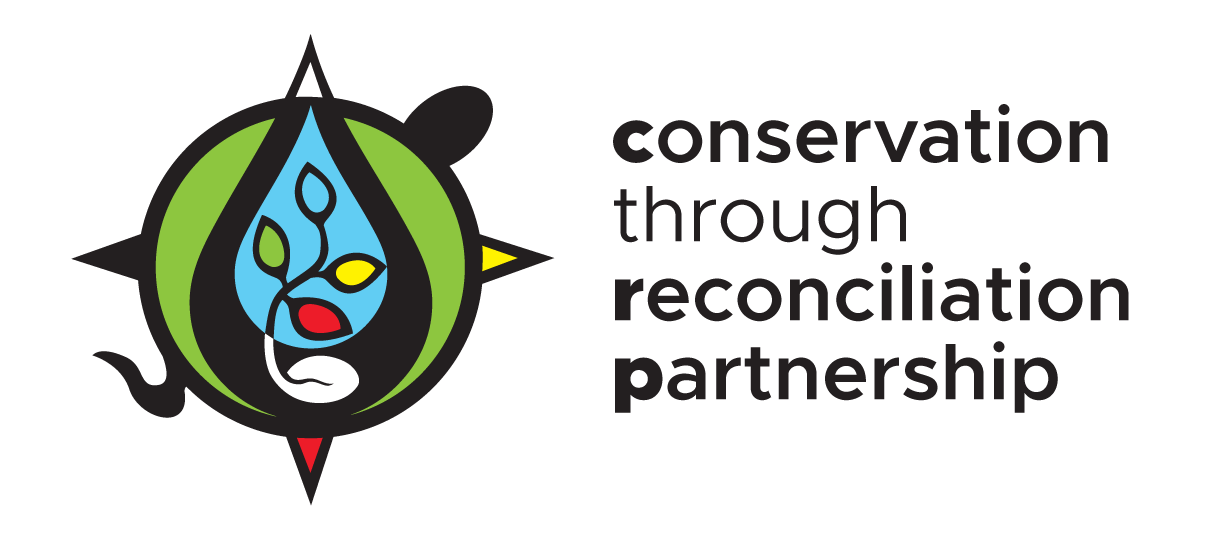Around the world, Canada included, colonial governments have created protected areas to extend their authority and control of resources while alienating and displacing communities from their traditional territories. European settlers held the notion that lands were only protected in the absence of any human impact; an idea that conflicted with Indigenous relationships and responsibilities with the lands and waters.
However, the global conservation community has demonstrated a growing commitment to re-centre Indigenous rights, knowledge systems, and laws in environmental conservation. In Canada, this shift is exemplified by the work of the Indigenous Circle of Experts (ICE) who delivered their landmark report with 28 recommendations for creating and expanding Indigenous Protected and Conserved Areas (IPCAs) in the spirit of reconciliation, as well as revitalizing relationships between the Crown and Indigenous governments in existing protected areas.
The ICE report, entitled We Rise Together, provides a blueprint for Canada to meet its international protected area targets of 17 percent of terrestrial and 10 percent of coastal and marine areas by December 2020. In June 2021, this target was updated through a Nature Compact approved by G7 nations, including Canada, to protect at least 30 percent of land and ocean by 2030. In December 2022, this goal was reinforced in the Kunming-Montréal Global Biodiversity Framework agreement.
To achieve this goal, we need to see a fundamental shift from colonial conservation strategies towards approaches rooted in Indigenous knowledge systems, laws, and relationships.
““Our lands, waters and territories provide important habitat for most of the wildlife in Canada - from orcas to old growth forests and our traditional knowledge systems are critical if conservation is to succeed in Canada.” ”
The Conservation through Reconciliation Partnership launched in May 2019 to create a network of Indigenous and non-Indigenous leaders, organizations, scholars, and conservation practitioners to act on the ICE recommendations and support the Indigenous-led conservation movement across Canada.
Currently, the CRP comprises more than 50 organizational partners and a network of several hundred individuals. Collectively, we are committed to supporting the conservation sector to take up recommendations set out by the Indigenous Circle of Experts in the We Rise Together report and establish and contribute to our three legacy projects.
The partnership receives strategic direction and oversight by Indigenous Leadership Circle members. All research is driven by Indigenous governments and communities through well-established relationships. Many of the partnership’s co-created resources are informed by the IPCA Co-Learning Circle. The IPCA Co-Learning Circle was formed to provide a platform for peer-to-peer support in the establishment of Indigenous Protected and Conserved Areas (IPCAs). It is a space for Indigenous governments, communities and organizations to connect and share their experiences in navigating IPCA creation, management, and governance.
Our Logo
Logo created by X-ing Design.
The Conservation through Reconciliation Partnership logo is a visual representation of Ethical Space and the goals of our partnership. It illustrates how we are growing reconciliation through improved conservation on what is now known as Canada.
The CRP logo is shaped as a turtle, with its green shell representing the land and Turtle Island. Turtle Island is a sacred term that comes from the creation stories of the Haudenosaunee and Anishinaabe People, when the Great Spirit created their homeland by placing Earth on the back of a giant turtle. Some Indigenous Peoples refer to North America as Turtle Island. For many Indigenous Peoples, turtles are associated with important teachings. The 13 divisions of the turtle guide how we are governed according to Natural Law.
The blue droplet within the turtle represents the waters. The seed represents the beginning of the partnership. Through water, all living things are connected. For some Indigenous Peoples, water is considered the blood of Mother Earth, providing a link between water and land. The seed grows with four distinctly coloured leaves representing the four flags that were placed where gatherings were held as part of the Indigenous Circle of Experts engagement process.
The flippers of the turtle draw on medicine wheel teachings to represent the four sacred directions. Through the national partnership we are sharing our unique gifts and learning from one another to achieve our collective goal of supporting Indigenous-led conservation.
The logo was created by X-ing Design, an Indigenous owned and operated graphic design and communication studio, which specializes in blending Indigenous and non-Indigenous iconography, design, and philosophies. Their approach to design represents the principle of Ethical Space by promoting cross-cultural communication with the aim of representing a truly reconciled society.


